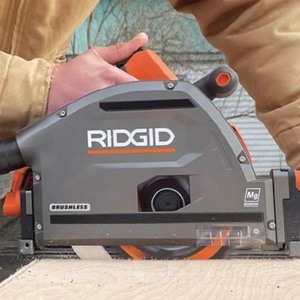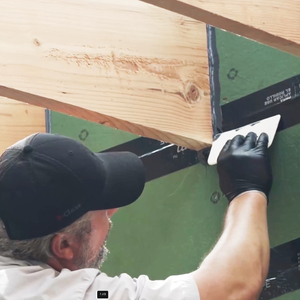Discussion Forum
Discussion Forum
Up Next
Video Shorts
Featured Story

The recipe for linoleum hasn't changed much in nearly 170 years, yet it's still one of the greenest floors money can buy.
Featured Video
How to Install Cable Rail Around Wood-Post CornersHighlights
"I have learned so much thanks to the searchable articles on the FHB website. I can confidently say that I expect to be a life-long subscriber." - M.K.

















Replies
Cheat if only a bit out of whack. By that I mean ever so slightly adjust the jamb reveal with the casing.
Or, get yourself an angle “protractor”. The good ones will give you the actual angle of the jamb and include the “half “ measurement to set your mitre saw angle.
Or, cut and mark pairs of slightly different mitres. Label them and keep the pairs in pairs. Use them to determine you setting on the saw.
Or, if not bad off, make one fit the true 45 you’ve racked up there, Then cut it to length. You can also “hog out” the backside of the cut (back cut it) and use a sharp block plane or sanding block to fine tune.
You can insert thin shims behind the joint if necessary.
In all cases, glue the damn thing.
I second the protractor. I use a cheap digital one, and find that it works well. The starrett miter protractor seems to be popular, and doesn't require batteries.
Other than that, test blocks. Can be just some scrap 1x4 or casing material. Cut, test, repeat.